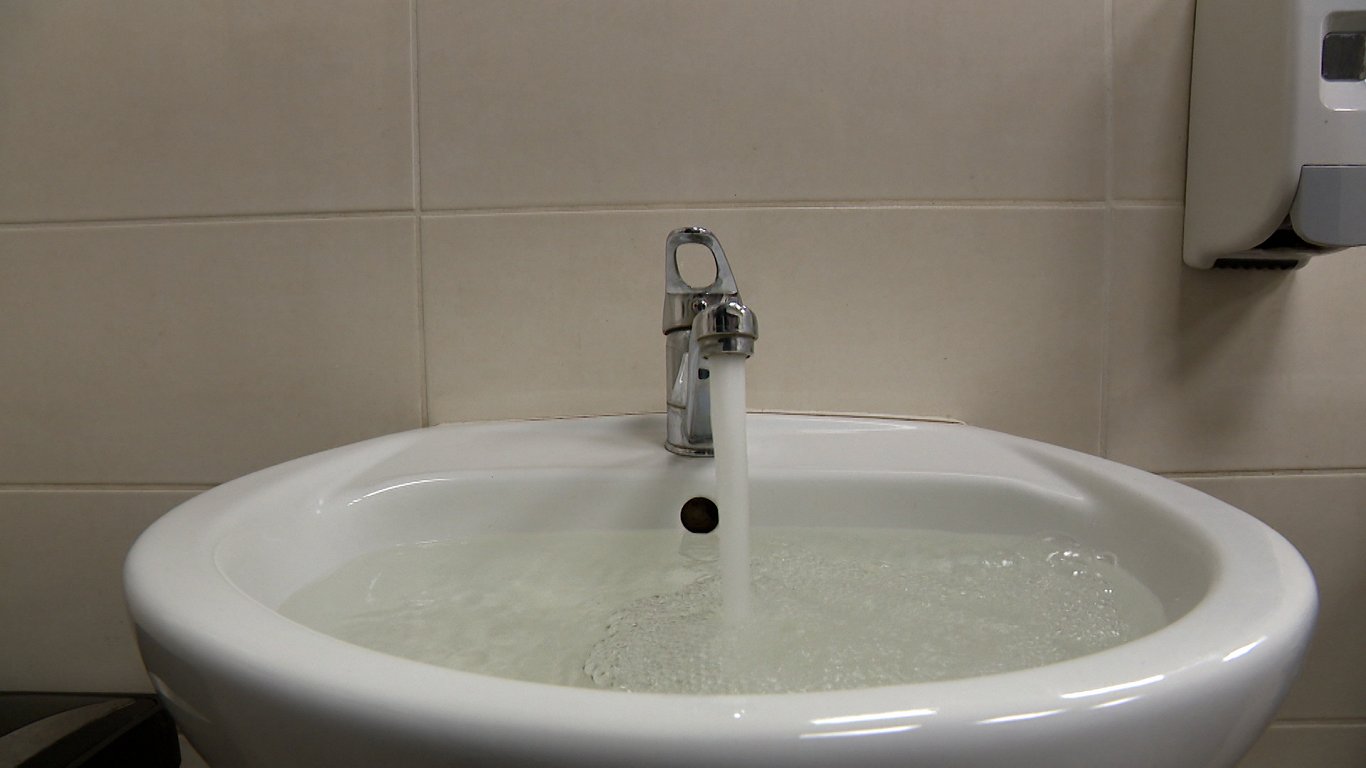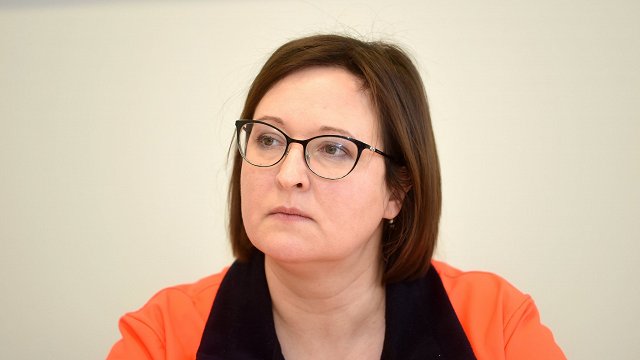Legionella bacteria live in water pipes. They are not dangerous if they are ingested, but if they are inhaled with water spray, like in the shower, they can affect a person.
"Risk factors include: if a person is older than 50, if he or she has any chronic illness, being male and smoking [are also risk factors]. So we see from our statistics," said Viktorija Leitēna, epidemiologist at the Disease Prevention and Control Center.
"They get into lungs and then there's a chance to get sick – first, in a pretty light shape. It's the so-called Pontiac fever – the person feels a little temperature about seven days later, and this Pontiac fever can pass by itself. And then there's the second stage you can get sick with severe symptoms, and it's pneumonia. And then there is the possibility, if not treated, that it is more likely to be a fatal case," Leitēna said.
SPKC statistics show a worrying trend. Several dozen people become infected with legionella every year, but this year there is more mortality. Nearly 60 infections have been reported this year, and legionella has been found guilty of 11 deaths.
Leitēna does not exclude the possibility of the energy price crisis being to blame. People and house managers want to save, so cooler water flows through the pipes. Leitēna explained that the bacteria like water ranging from +20 C to +50 C degrees. This year, temperatures have often been at the level of legionella comfort because of the energy price crisis. The rules, which stipulated that the water entering the building should be at least 55 degrees warm, have been changed. There are no such requirements at the moment, and therefore cooler water may also come into buildings.
"This year, we had temperatures below 50 degrees in nearly half of the samples, according to statistics. It is also a risk factor. Plus pipes – what quality, how old, or rusted, because the bacteria like to multiply where there is biolysis, where there is standing water. The sooner the water is flowing, the cleaner the pipes and the legionellae are drifting away, they also do not multiply, and the risk of getting sick is lower," Leitēna said.
Residents can also take precautions and prevention measures to reduce the risk of getting sick. For example, if the shower has not been used for longer, it is desirable to open the tap and let hot water run before use; or choose a bath instead of a shower and occasionally disinfect the shower head with chlorine-containing detergent. But much of the blame is the pipes in the buildings, which are the responsibility of the building's owner or manager.
Health Inspectorate representative Iveta Balode said that the Inspectorate prescribes the disinfection of pipes for building managers if the house has detected legionella. This work is carried out in close cooperation with the doctor who identified the disease and the SPKC.
Balode said: "In November, the SPKC has identified legionella bacteria in four places – three in Riga and one in Valmiera. The SPKC shall then report to the manager and shall also report simultaneously to the Health Inspectorate so that we are up to date that the manager in question is obliged to take preventive measures. Then we in turn monitor them to be carried out within three weeks."
In December, in one case, legionella was found in water pipes – in Daugavpils, but statistics show that legionella's biggest problem is in the capital. The water supplier company Rīgas ūdens said that it cannot be the responsibility of the company, because it is responsible for providing water outside the buildings. The water temperature does not exceed 15 degrees and is even below 10 degrees in winter, so it is unfriendly for legionellae, and the company is taking preventive measures anyway. Therefore, in Riga, according to the company Rīgas ūdens, legionellae can multiply only during the pipeline phase after arrival at the buildings. The operator or the owner of the building shall be responsible for this part.
The largest building manager in Rīga is the "Riga House Manager" (RNP). Its representative, Una Grenevica, said legionellae are a challenge every year for the manager, and all those involved in protecting the health of the population. But this year, RNP sees legionellae more frequently.
"What we conclude is that people use water less, in a way to attempt to save something. But it must be understood here that saving can have an impact on health [..]. Primarily what we're calling for – let water run before starting to use it. It is the main prevention measure that can be implemented by anyone in their households. They should not count on us to perform these chemical disinfectants, which we certainly do in cases where the legionella bacteria are identified. Nor does it mean that in these water pipes the bacteria may not grow. It can also happen afterward," Grenevica said.




























